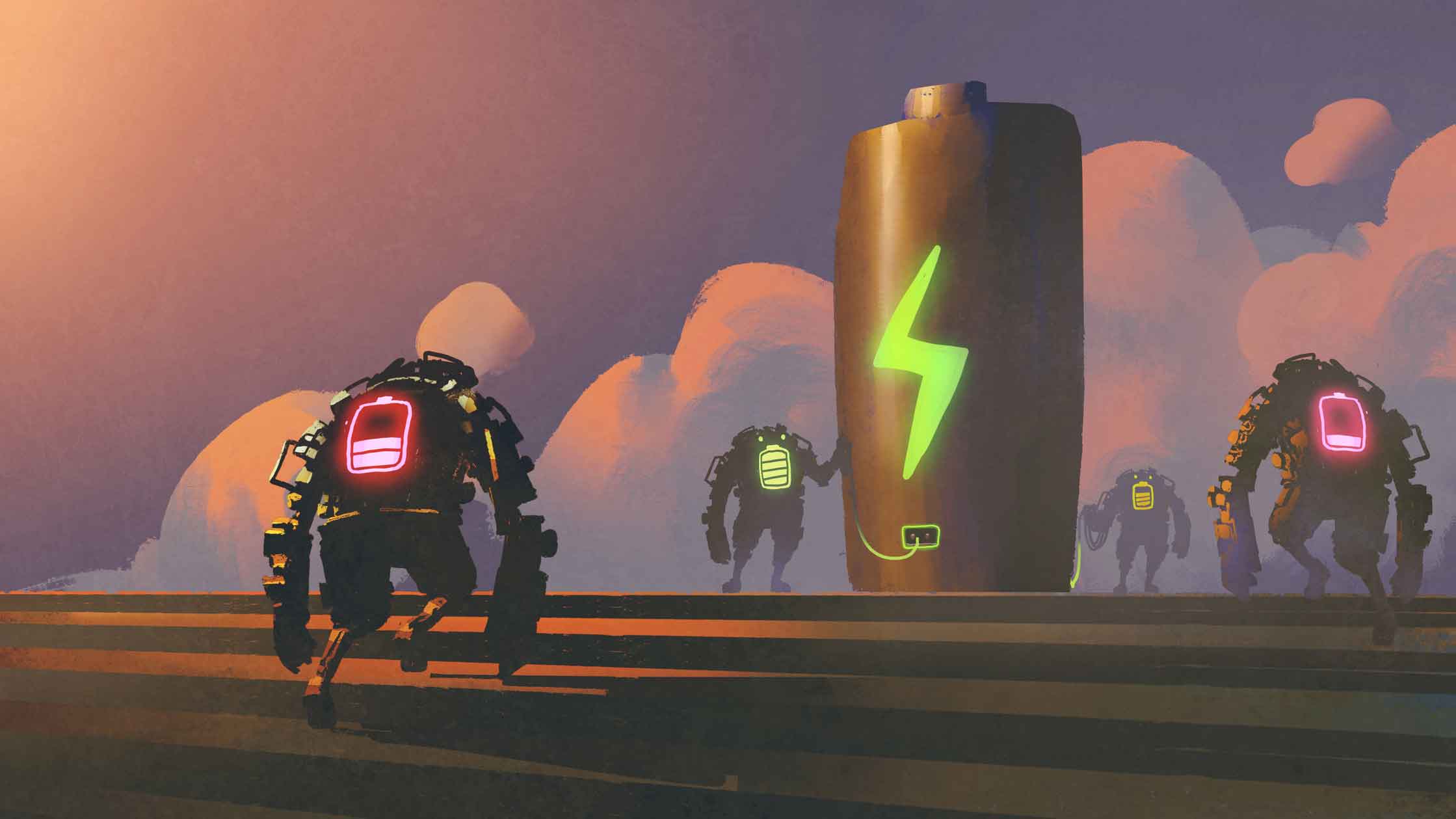Queensland’s world-beating battery will be four times bigger than South Australia’s

The world’s largest lithium-ion battery is being built in Queensland at the site of what will also be the world’s largest single site solar farm, according to one industry player.
Sunshine Energy Australia has been granted development approval by Somerset Council in Queensland to build a 1500MW solar farm, which will span 2500ha, and a 500MW lithium-ion battery storage facility.
The new battery would well and truly trump Tesla’s 129MW lithium-ion battery storage facility at the Hornsdale power station in South Australia.
Telsa’s battery has remained uncontested as the world’s largest since it became operational late last year.
California-based Recurrent Energy had thrown its hat into the ring to try and beat Elon Musk with its proposal to build a 350MW battery storage facility.
Another US-based company, Vistra Energy, is also working to make operational a 300MW battery system in 2020.
Meanwhile, Sunshine Energy’s $2 billion renewable energy project, once fully operational will produce enough green energy to power around 300,000 homes, slashing 2.1 million tonnes of carbon dioxide emissions in the process.
- Subscribe to our daily newsletter
- Bookmark this link for small cap news
- Join our small cap Facebook group
- Follow us on Facebook or Twitter
The project will comprise 247,000 subarrays of 21 solar modules, with roughly 5.2 million solar panels on the site.
“The 500MW battery storage onsite will provide additional energy distribution options, providing a more consistent energy supply that will reduce price volatility during peak periods,” Sunshine Energy director Anthony Youssef said.
“We are using our high-performance lithium battery system, patented in Australia, for the facility.”
Two substations built by Powerlink will distribute solar generated energy back to the commercial electricity network.
It will connect to the 275kV national distribution network in Queensland. The first 250MW is scheduled for completion by the end of 2019.
Australia’s investment in energy storage drives battery metal demand
Australia is continuing the push to help secure its energy future by upping its investment in the battery storage market, which has seen demand for commodities like lithium and vanadium climb.
The Australian Renewable Energy Agency (ARENA) last week announced that the second of two grid-scale batteries had been completed at the Gannawarra solar farm near Kerang in North Western Victoria.
The 25MW/50MWh Gannawarra energy storage system began exporting electricity to the grid in October and will be fully commissioned in time for summer.
The system uses Telsa’s lithium-ion battery technology.
ARENA said the Gannawarra energy storage system is Australia’s largest battery to be integrated with a solar farm and will be among the largest solar and battery facilities in the world. It will have the ability to provide solar energy at night to the grid.
EnergyAustralia is the operator of both the Gannawarra and Ballarat batteries in Victoria.
“The ability to store and quickly release energy will help integrate renewables in the system as coal-fired plants progressively retire,” EnergyAustralia managing director Catherine Tanna said.
“These are the new technologies and approaches that will come to underpin our energy system, keeping customers’ lights on and their costs down.”
Battery storage in individual homes is also witnessing a rapid escalation.
The number of household solar batteries installed in Australia this year is expected to jump 57 per cent to 33,000 compared to 2017, according to industry consultant SunWiz.
The 2017 figure of 21,000 was already three times higher than the year before.
The Northern Territory recently installed an $8.3m 5MW battery system in Alice Springs to support greater supply of solar power to homes.
The initiative was part of the government’s push to have half its power coming from renewable sources by 2030.
That followed the installation of a trial 105kWh Tesla battery in a Mandurah suburb, south of Perth in Western Australia, designed to allow households with solar panels to maximise their existing grid connection.
Other government initiatives are expected to drive the installation of batteries in South Australia alone to between 40,000 and 100,000 over the next four years.
UNLOCK INSIGHTS
Discover the untold stories of emerging ASX stocks.
Daily news and expert analysis, it's free to subscribe.
By proceeding, you confirm you understand that we handle personal information in accordance with our Privacy Policy.








